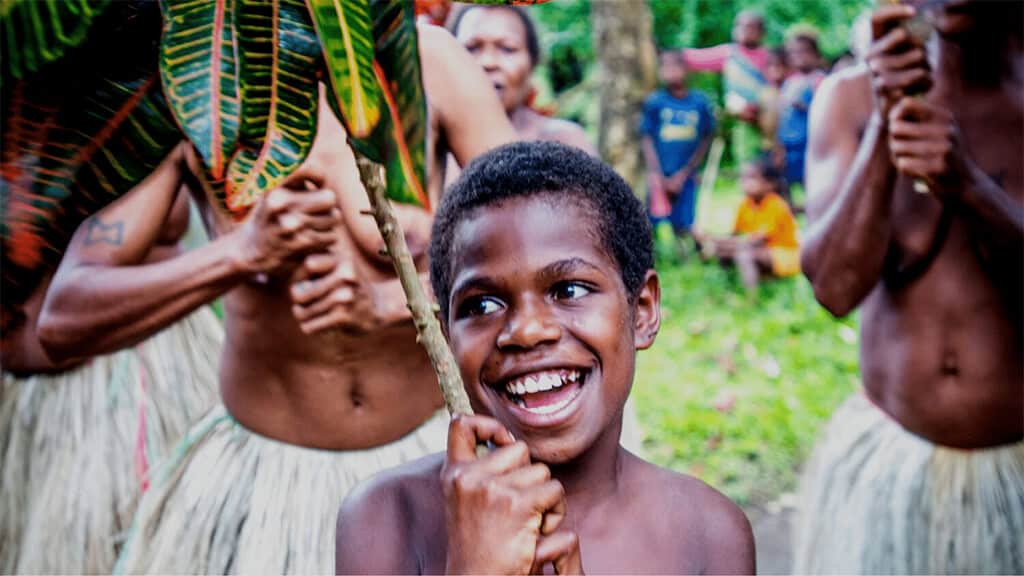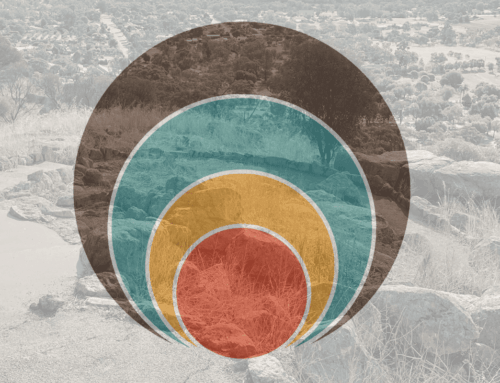The Challenges and Potential of Tourism in the Pacific
Tourism is an economic powerhouse and one of the main pillars sustaining growth and development in the Pacific. It is the major driver of economic growth, foreign exchange earnings and employment and contributes to the achievement of the Sustainable Development Goals across the region.
The small and remote island economies of the Pacific share similar challenges, including limited natural resources, geographical isolation and costly access from major markets, political instability in some countries, fuel pricing and competition from competing destinations. The region is among the world’s most vulnerable to the effects of climate change, natural disasters and global events. COVID-19 and Tropical Cyclone Harold have had a devastating impact on the tourism sector and sustained economic impact across the region reflects the contribution made by the sector. These events have added significantly to the existing political, economic and environmental challenges across the region.

Prior to COVID-19 the scale of visitor growth in some Pacific countries outstripped their capacity to respond in a way that enabled the economic and social opportunities to be fully realised. For some Pacific countries, tourism represents over 80 per cent of their GDP and is a vital source of jobs, especially for women and youth, and income for all nations. However, the environmental pressures tourism created have not always been adequately managed. Visitor growth has placed pressure on infrastructure and limited resources, affected the wellbeing of some local communities and, in some areas, irreversibly impacted fragile island ecosystems.
Tourism has the potential to generate shared benefits along the value chain, through linkages with agriculture, trade, fisheries and community development. It offers a platform to support environmental protection through conservation and regeneration initiatives, environmental education and stewardship. As a resource intensive industry, sustainable development practices that protect the environment and bring socio-economic benefits to people, including those in rural and marginalised communities, must be the centre of future tourism planning and development.
The lead organisation responsible for tourism in the region is the Pacific Tourism Organisation (SPTO). Members include Fiji, Papua New Guinea, Timor-Leste, Vanuatu, Kiribati, Nauru, Samoa, Tonga, Marshall Islands, Solomon Islands, Tokelau, Tuvalu, American Samoa, New Caledonia, Cook Islands, French Polynesia and Niue. These countries have a collective population of about 10 million people, spread across a unique and diverse region made up of hundreds of islands, and scattered over an area equivalent to 15% of the globe’s surface[1] There is great diversity across SPTO member countries from Fiji, which is the largest country , with a population of around 880,000, to Tuvalu and Nauru, with estimated populations around 10,000 each. Kiribati is one of the most remote and geographically dispersed countries in the world, consisting of 33 coral atolls spread over 3.5 million square kilometres of ocean.

Development of a Framework to Support Sustainable Tourism in the Pacific
Recognising that change is often cumulative, gradual and irreversible and acknowledging the challenges associated with influencing and coordinating action across such a diverse range of member nations with varied maturity as tourism destinations, the SPTO identified the need for a framework to support the vision for the Pacific Islands to be empowered by and benefitting from sustainable tourism.
The SPTO, United Nations Development Program and the New Zealand Government partnered to support the development of the Pacific 2030 Sustainable Tourism Policy Framework. In December 2020, TRC Tourism was engaged to undertake this important work, building on our extensive tourism planning experience in the region and our capability and expertise in sustainable tourism.

COVID-19 presented an opportunity for SPTO and its members to rethink how the sector can transform and become more resilient, inclusive and sustainable; ensuring the protection of the environment, the Pacific people and their diverse cultures upon which tourism depends. TRC Tourism commenced the process to develop the Framework by conducting an in-depth situation analysis looking at the policy context, evolution and state of the tourism industry for each member country and reviewing the many layers of planning and policy documents that guide tourism development and operation throughout the region. We then commenced an intensive period of stakeholder consultations which were supported using Solevaka, an online platform used by the Pacific development community to connect Pacific policy makers, development practitioners and the private sector to accelerate progress on the Sustainable Development Goals.
The consultation phase captured the aspirations and challenges articulated by many different stakeholders representing 19 countries, the UNDP, the UNWTO, development partners and all parts of the tourism industry in the region. The outcome is a Framework that is applicable to all member countries and recognises the cross-sectoral approach needed to engage governments, the private sector, NGOs, residents, visitors and the international community in strong partnerships for better planning and management of tourism centred on sustainability. It will also support implementation of better measurement systems to evaluate the impact of the sector in the economy, on society and the environment.
A collective and coordinated response by all stakeholders, guided by the Pacific Sustainable Tourism Policy Framework, will stimulate the transformation of tourism, together with economic recovery packages, and investments in the green and blue economies of the Pacific nations.

TRC Tourism’s Commitment to Sustainable Tourism
TRC Tourism is committed to tourism that contributes positively to society. We believe tourism can be a driver of positive change and has the power to contribute towards global sustainable development goals. Our work with clients from all over the world aims to redefine the purpose of tourism and the benefits it can bring.
We are extremely proud to have led the development of the Pacific 2030 Sustainable Tourism Framework and grateful for the insights, experiences, information and expertise offered by the many individuals from across the Pacific and beyond who collaborated with us to contribute to its development. We commend the SPTO and its member nations for instigating this project and the UNDP and New Zealand Government for supporting this important work to transition to a new model of tourism that helps grow and improve the wellbeing of Pacific communities, strengthen their cultural identities and protect and restore the lands and waters for which they are custodians.
The Framework is now being considered by the Board of the SPTO and is intended to be launched later this year.

[1]Pacific Community Transition Plan 2021, Pacific Community (SPC) 2020






